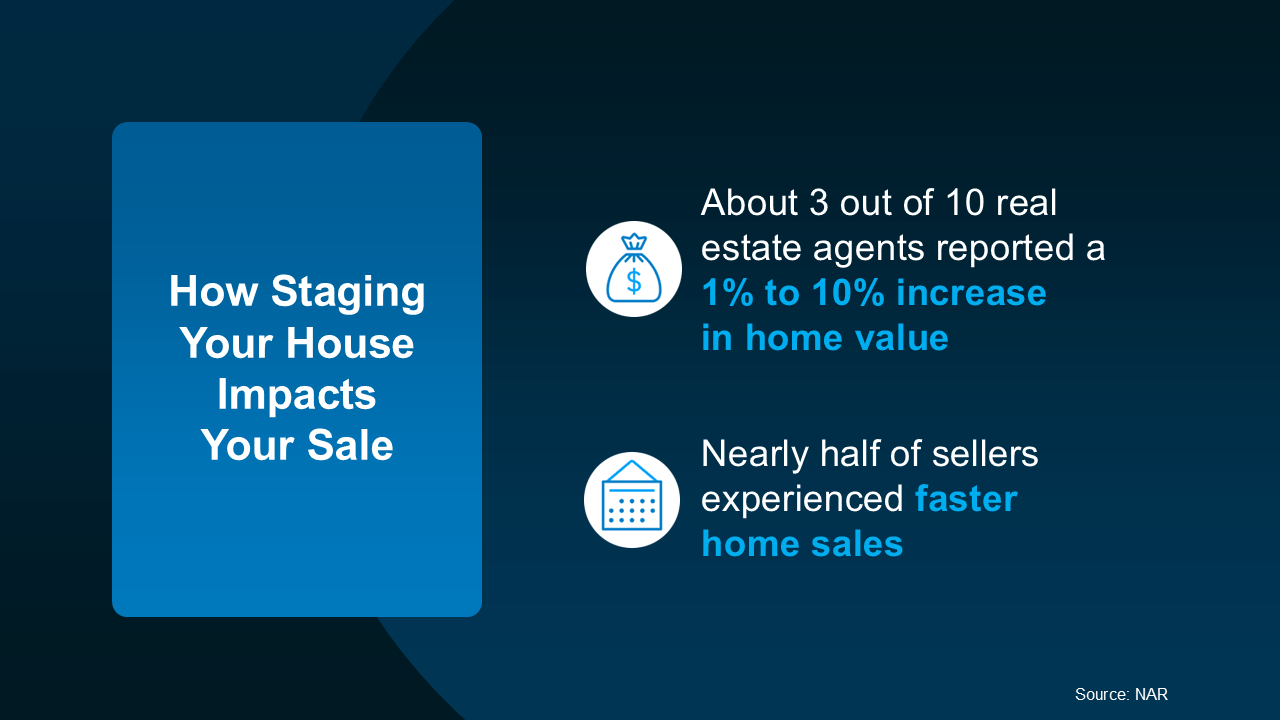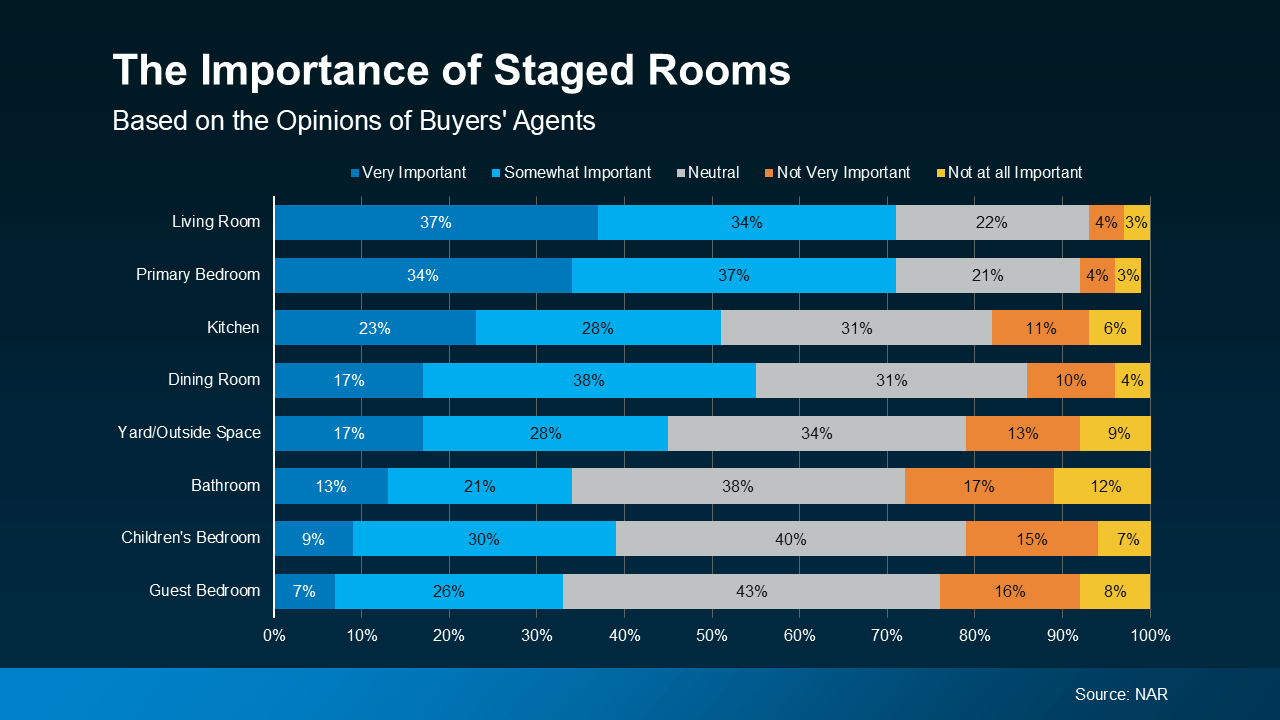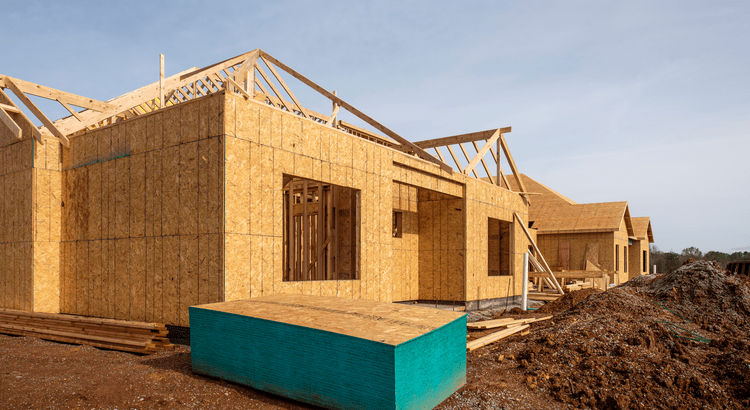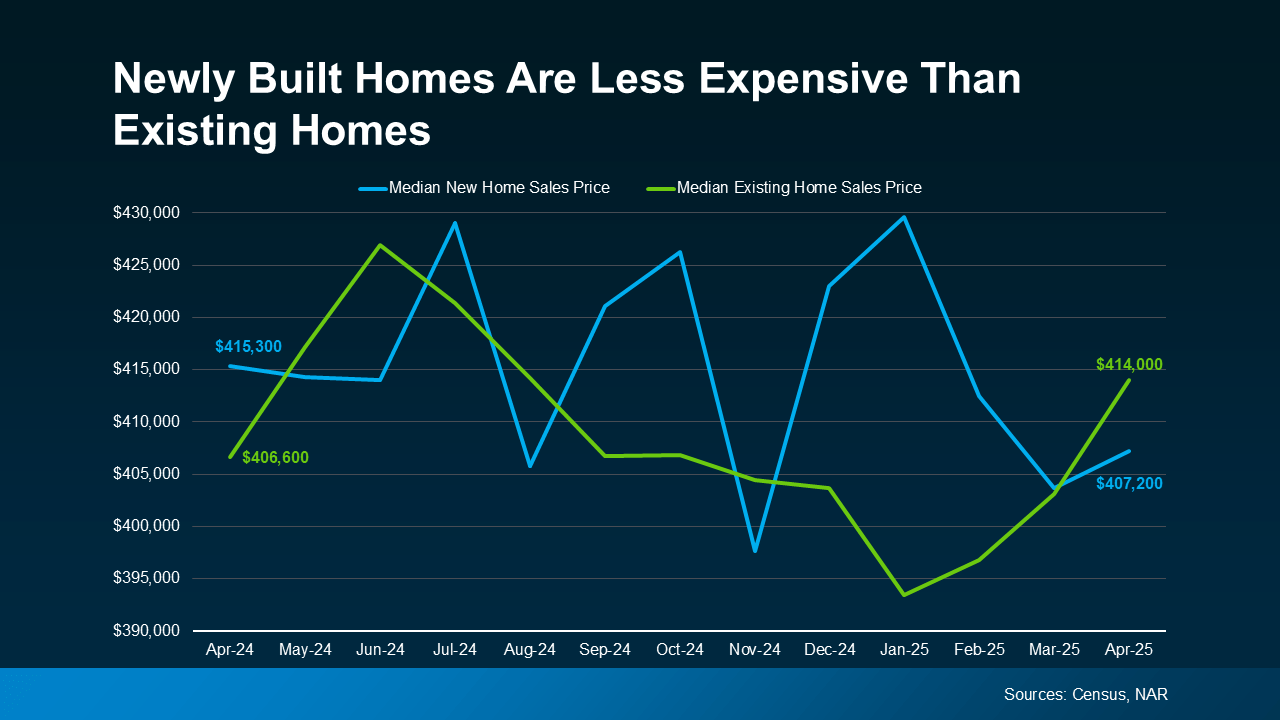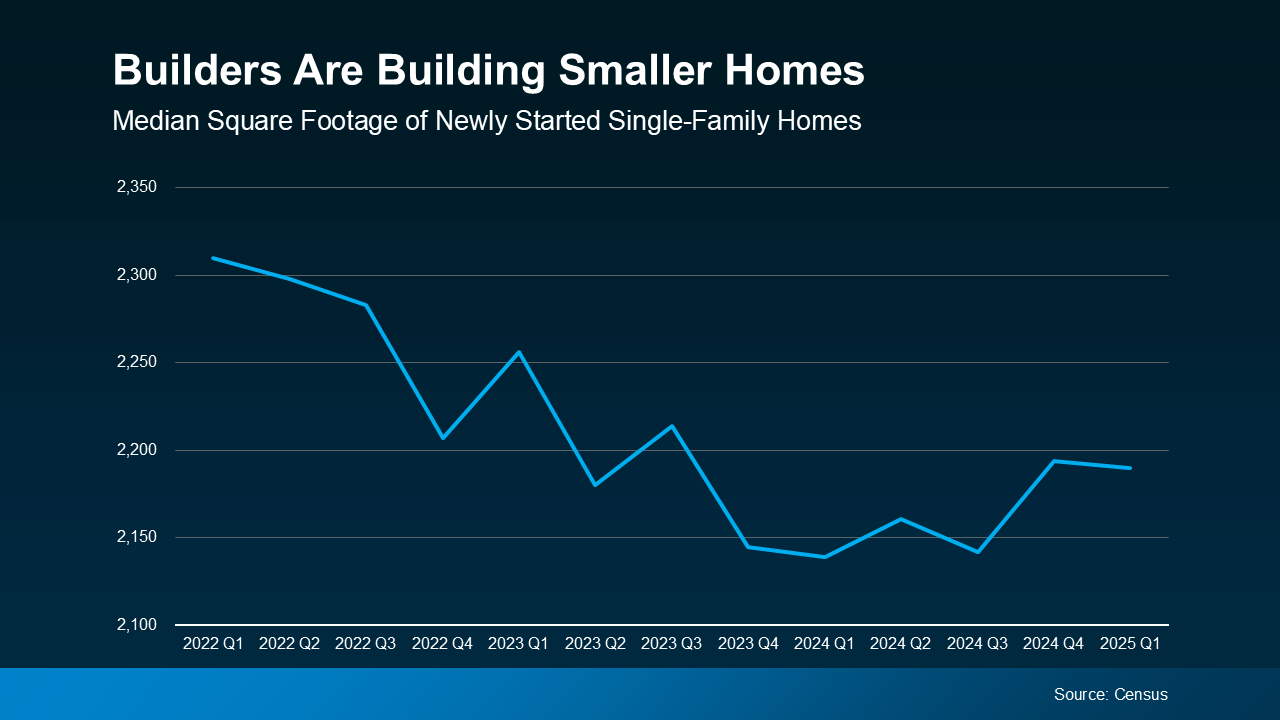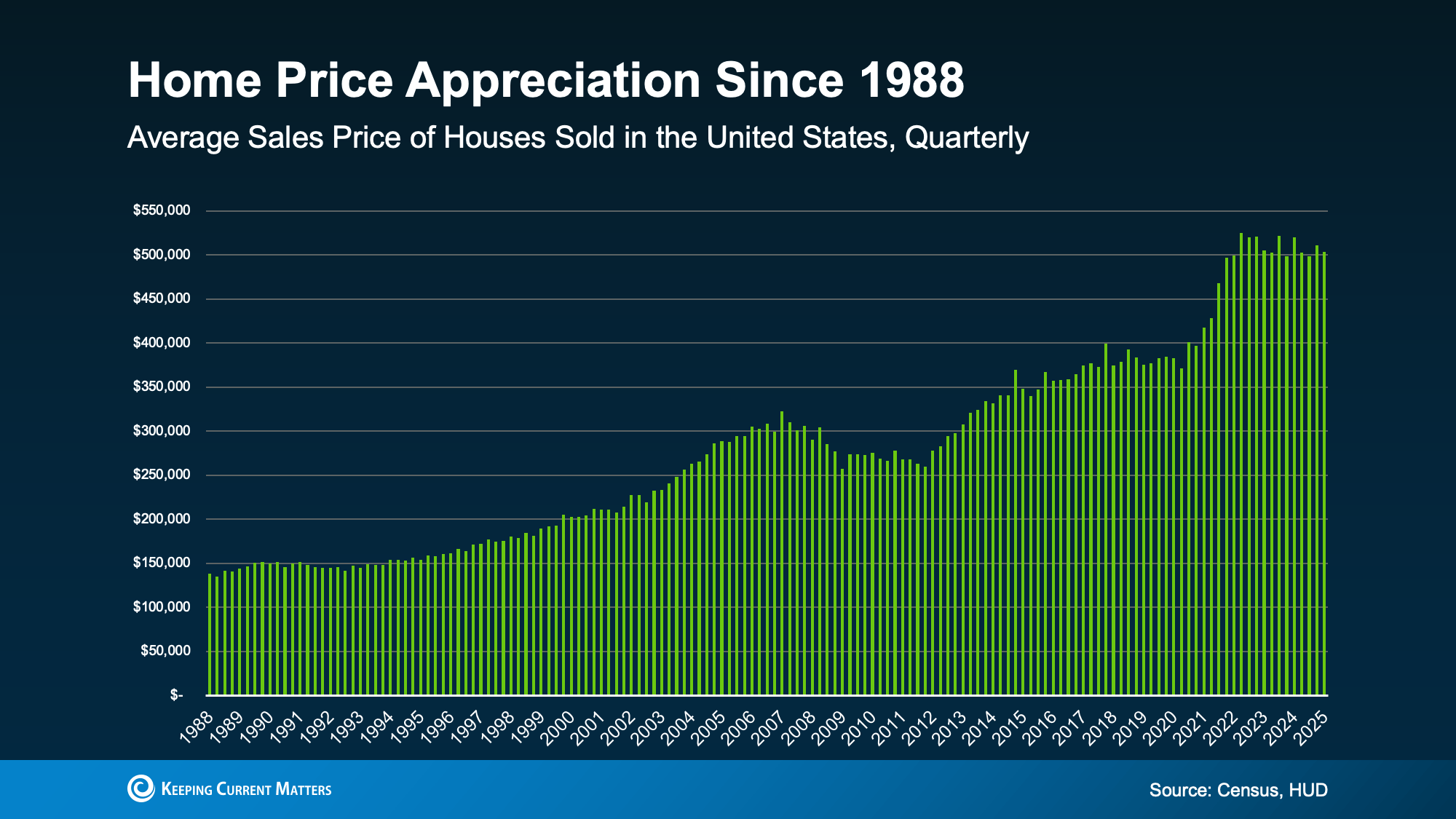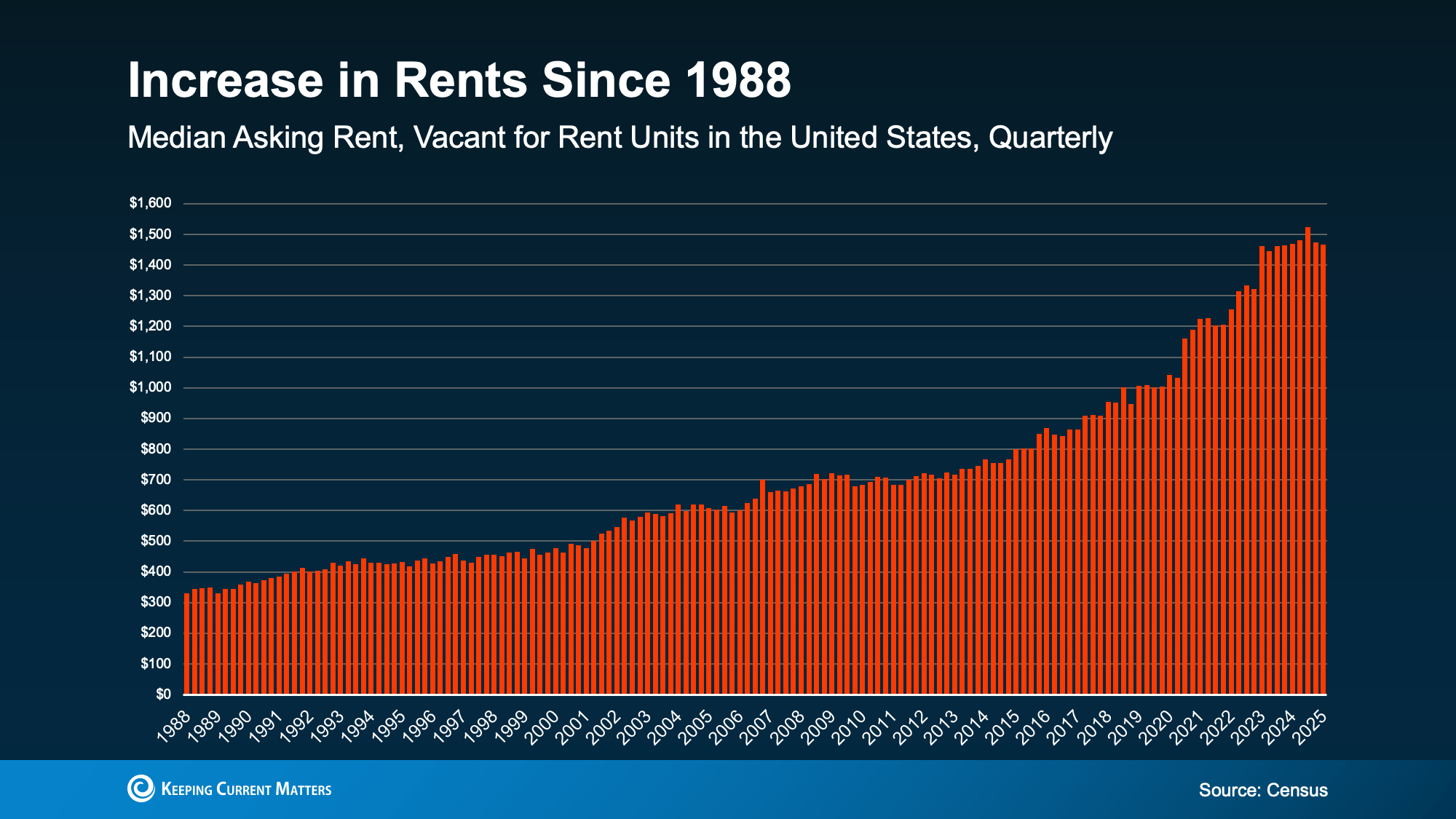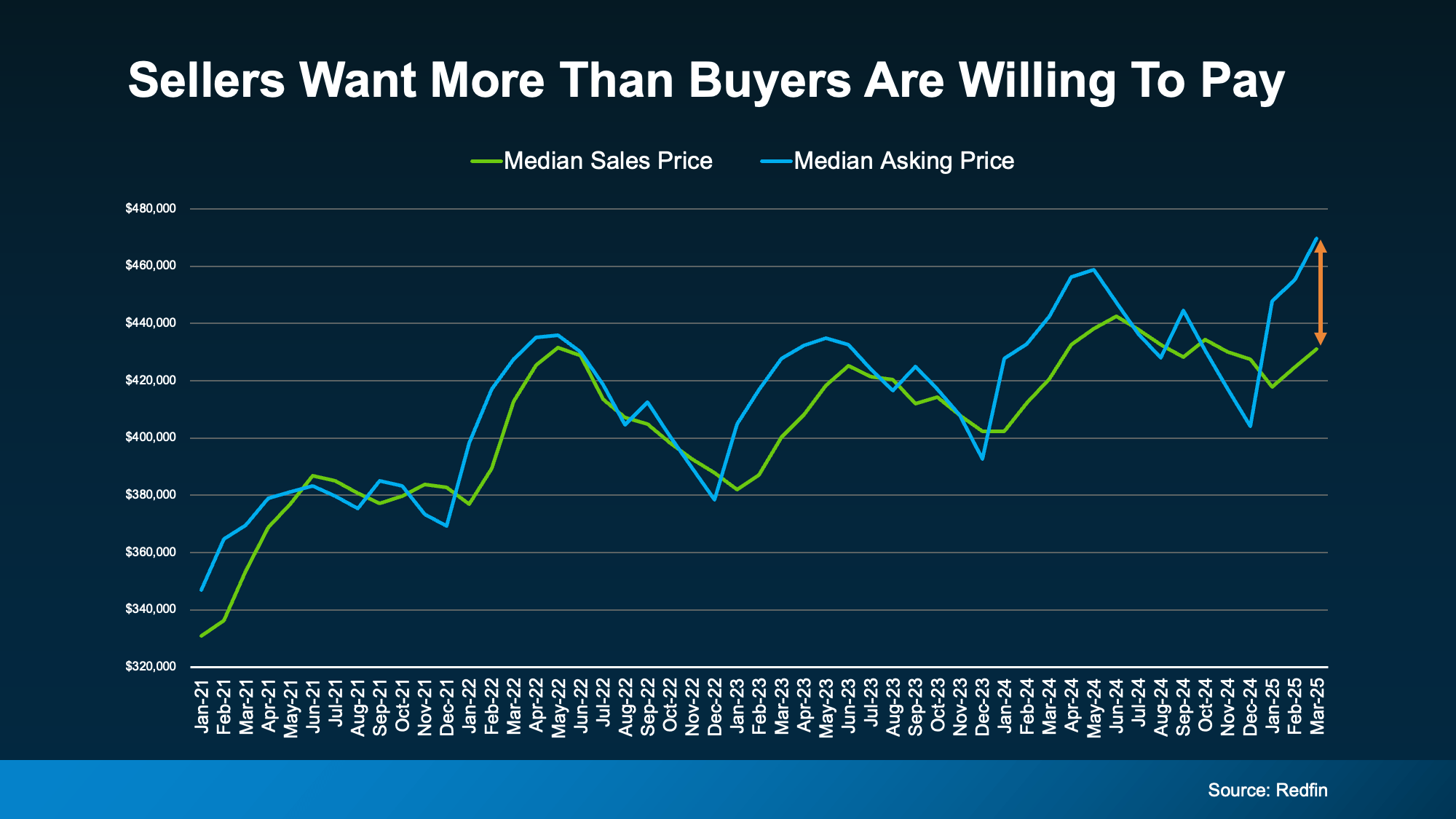
Headlines are saying home prices are starting to dip in some markets. And if you’re beginning to second-guess your plans based on what you’re hearing in the media, here’s what you need to know.
A few metros are indeed seeing slight price drops. But don’t let that overshadow this simple truth. Home values almost always go up over time (see graph below):
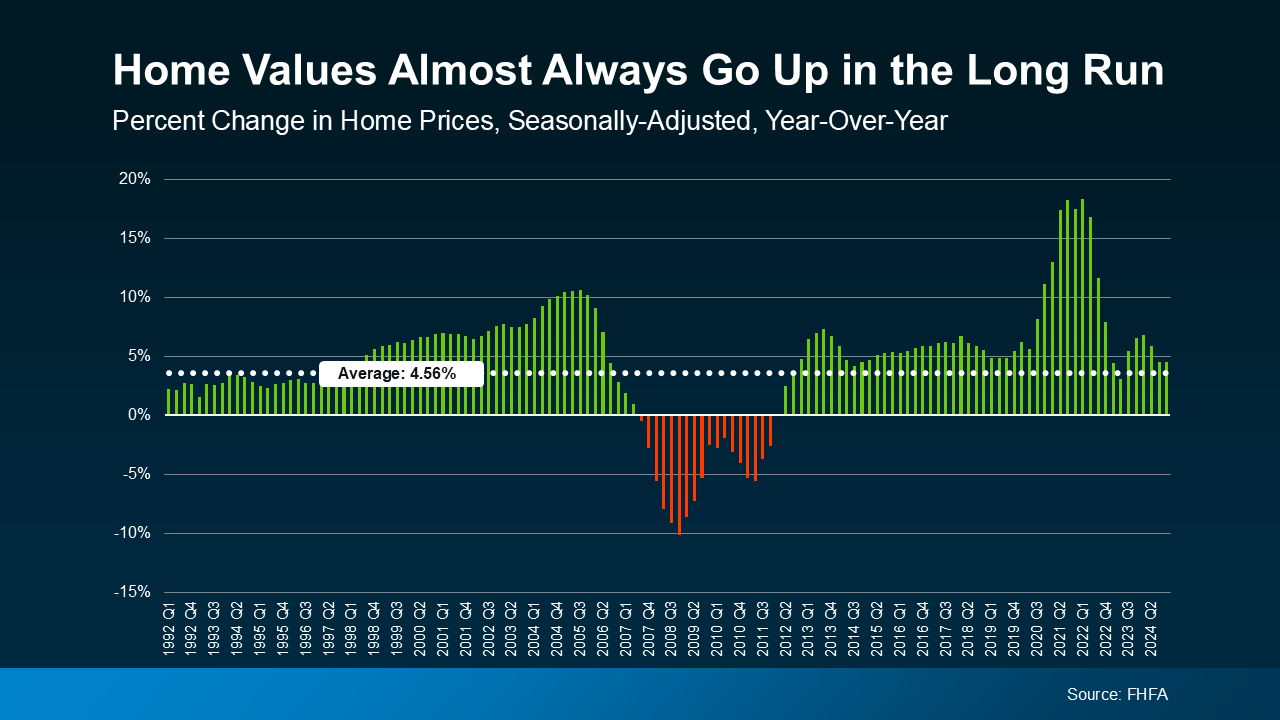 While everyone remembers what happened around the housing crash of 2008, that was the exception, not the rule. It hadn’t happened before, and hasn’t since. Many market dynamics were drastically different back then as well. From relaxed lending standards to a lack of homeowner equity, and even a significant oversupply of homes, it was very different from where the national housing market is today. So, every headline about prices slowing down, normalizing, or even dipping doesn’t need to trigger fear that another major crash is on the horizon.
While everyone remembers what happened around the housing crash of 2008, that was the exception, not the rule. It hadn’t happened before, and hasn’t since. Many market dynamics were drastically different back then as well. From relaxed lending standards to a lack of homeowner equity, and even a significant oversupply of homes, it was very different from where the national housing market is today. So, every headline about prices slowing down, normalizing, or even dipping doesn’t need to trigger fear that another major crash is on the horizon.
Here’s something that explains why short-term dips usually aren’t a long-term deal-breaker.
What’s the Five-Year Rule?
In real estate, you may hear references to the five-year rule. The idea is that if you plan to own your home for at least five years, short-term price dips usually don’t hurt you much. That’s because home values almost always go up in the long run. Even if prices drop a bit for a year or two, they tend to bounce back (and then some) over time.
Take it from Lance Lambert, Co-Founder of ResiClub:
“. . . there’s the ‘five-year rule of thumb’ in real estate—which suggests that most buyers can buffer themselves from mild short-term declines if they plan to own a property for at least that amount of time.”
What’s Happening in Today’s Market?
Here’s something else to put your mind at ease. Currently, most housing markets are still experiencing rising home prices, albeit at a slower pace than they were a few years ago.
However, in the major metros where prices are starting to cool slightly (as indicated by the red bars in the graph below), the average drop since April 2024 is only about 2.9%. That’s not a significant decline, like the one we saw back in 2008.
When you examine the graph below, it’s clear that prices in most of those markets have increased significantly compared to five years ago (the blue bars). So, those homeowners are still ahead if they’ve been in their house for a few years or more (see graph below):
 The Big Picture
The Big Picture
Over the past 5 years, home prices have risen a staggering 55%, according to the Federal Housing Finance Agency (FHFA). So, a slight short-term dip isn’t a significant loss. Even if your city is one where they’re down 2% or so, you’re still up far more than that.
And if you break those 5-year gains down even further, using data from the FHFA, you’ll see home values are up in every single state over the last five years (see map below):
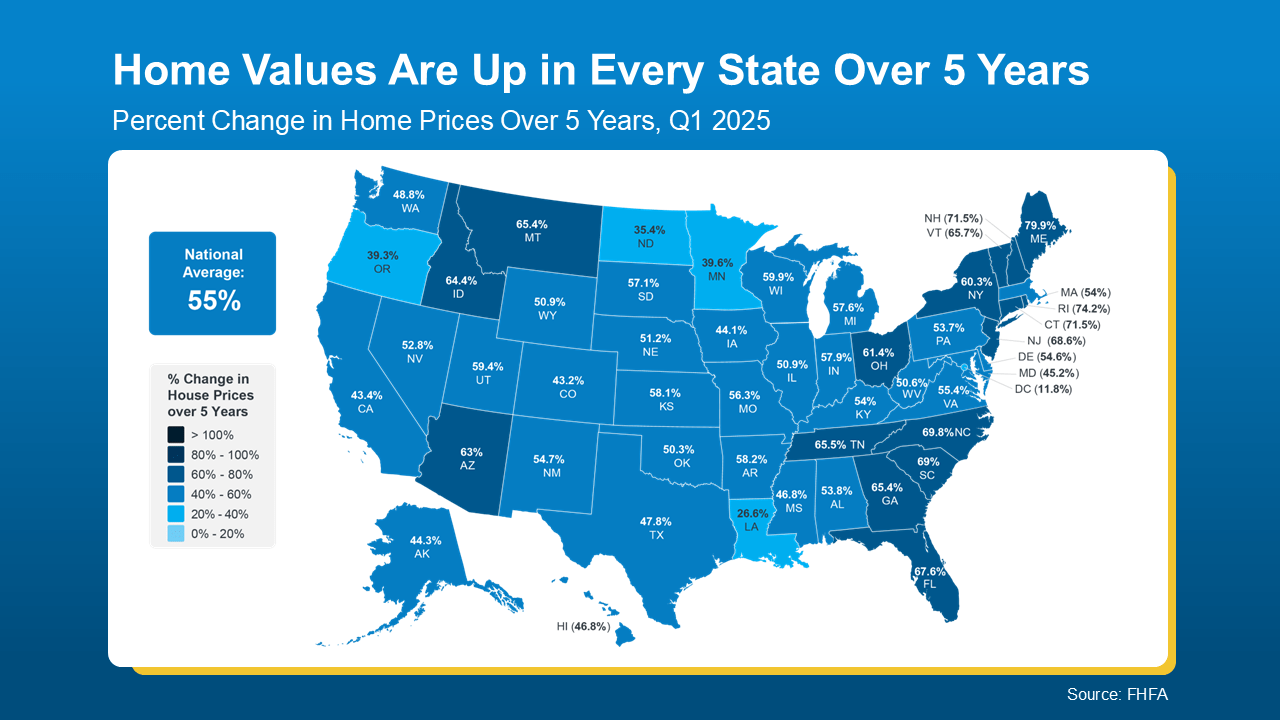 That’s why it’s important not to stress too much about what’s happening this month, or even this year. If you’re in it for the long haul (and most homeowners are), your home is likely to grow in value over time.
That’s why it’s important not to stress too much about what’s happening this month, or even this year. If you’re in it for the long haul (and most homeowners are), your home is likely to grow in value over time.
Bottom Line
Yes, prices can shift in the short term. However, history shows that home values almost always go up, especially if you live there for at least five years. So, whether you’re considering buying or selling, remember the five-year rule and take comfort in the long view.
When you think about where you want to be in five years, how does owning a home fit into that picture?
Let’s connect to get you there.

 Facebook
Facebook
 X
X
 Pinterest
Pinterest
 Copy Link
Copy Link
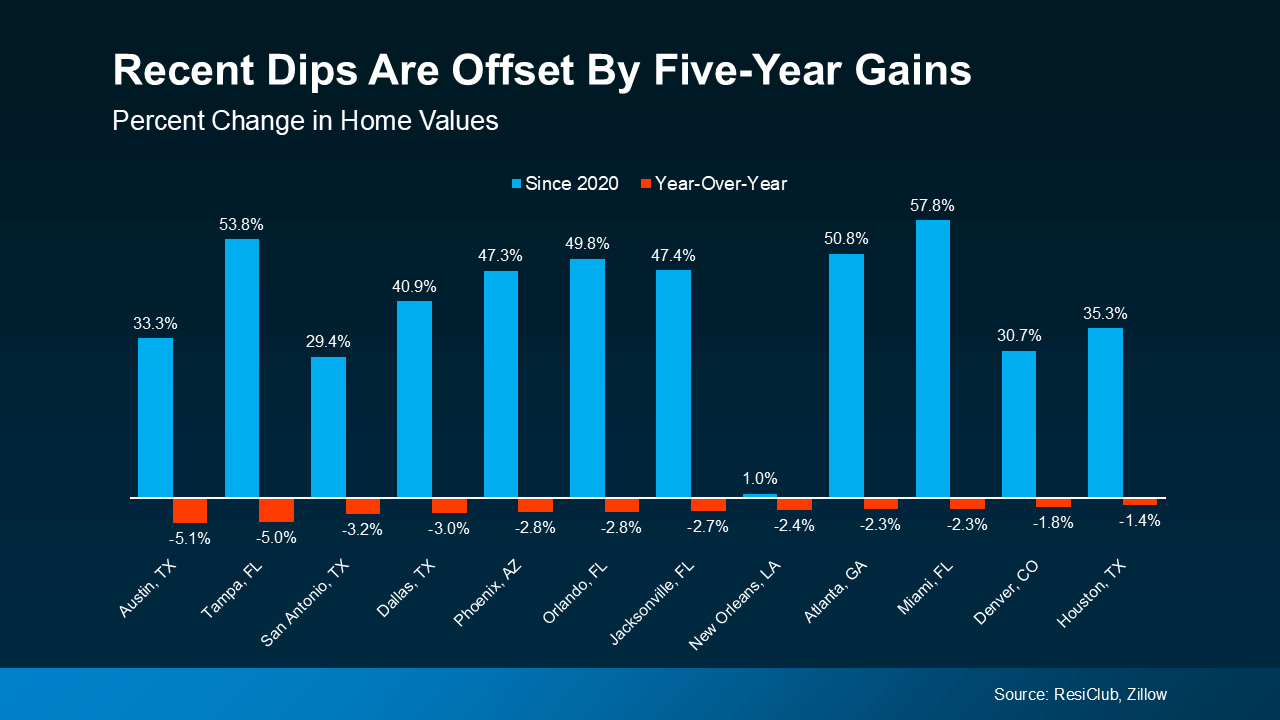 The Big Picture
The Big Picture
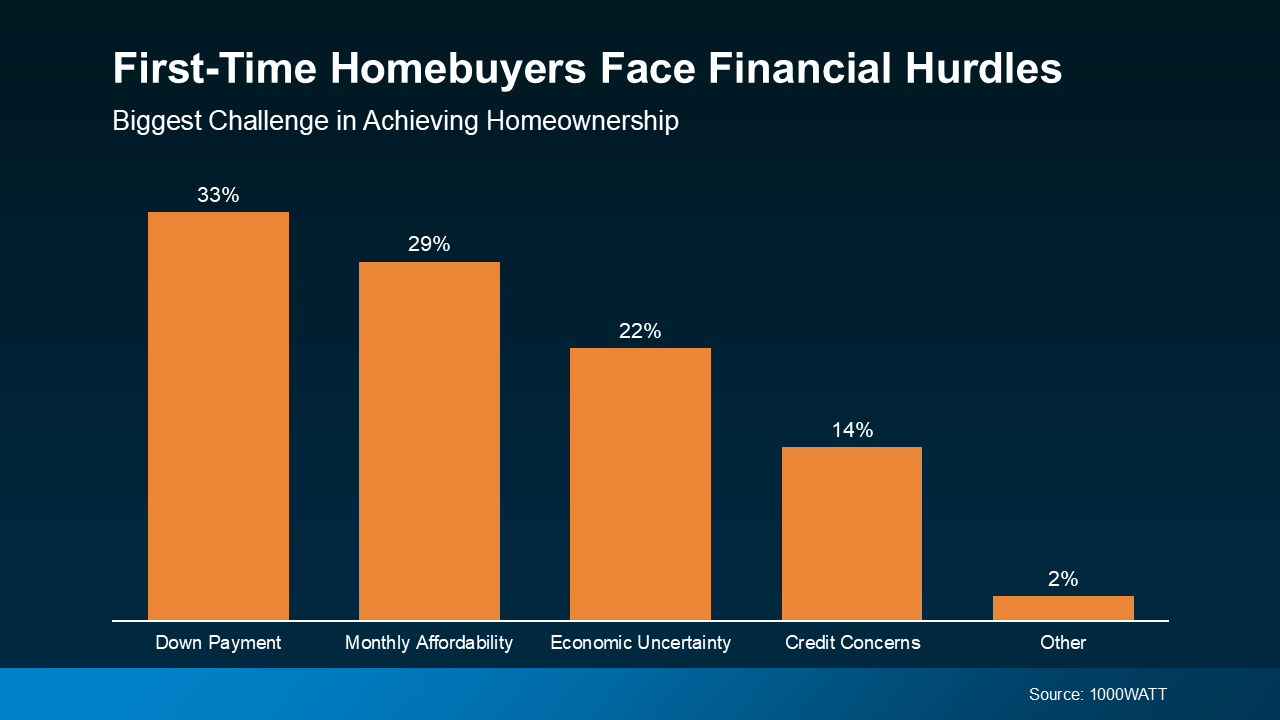 That’s Where FHA Loans Come In
That’s Where FHA Loans Come In Essentially, buyers who use an FHA loan may not need to come up with as much cash upfront. But the perks don’t stop there. You may also be able to pay less monthly, too.
Essentially, buyers who use an FHA loan may not need to come up with as much cash upfront. But the perks don’t stop there. You may also be able to pay less monthly, too.
